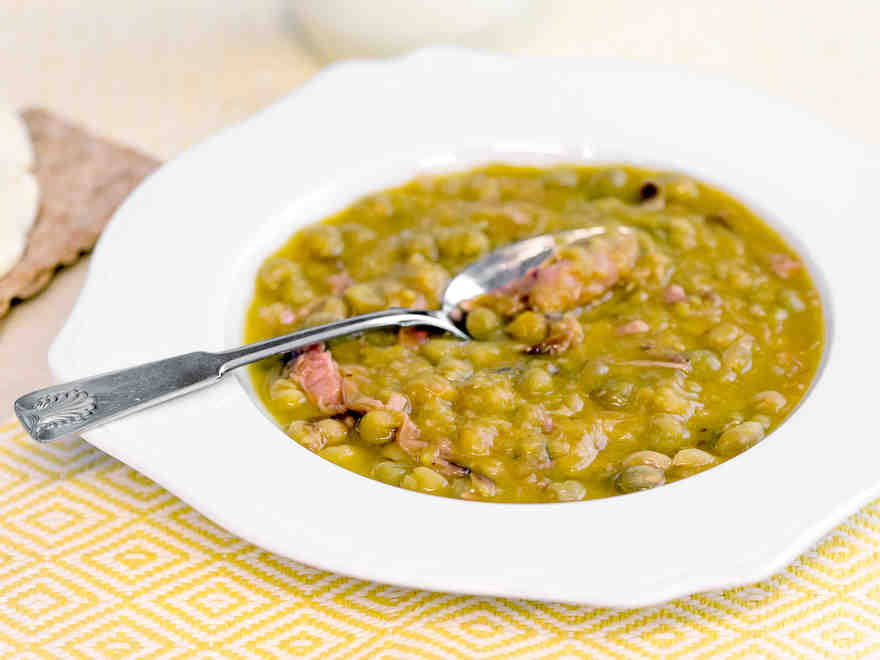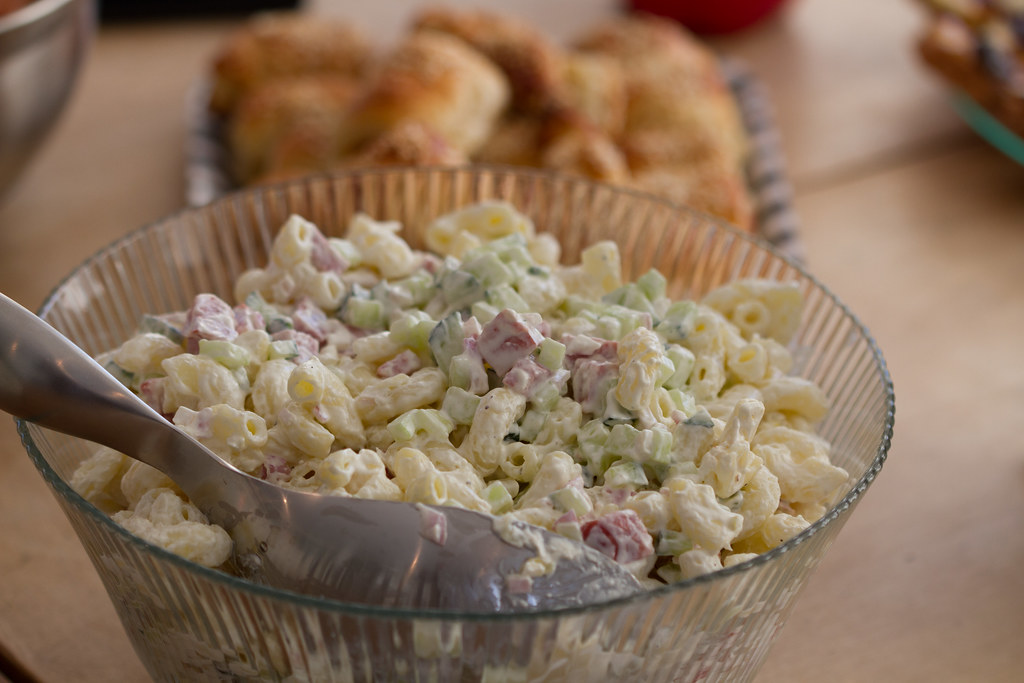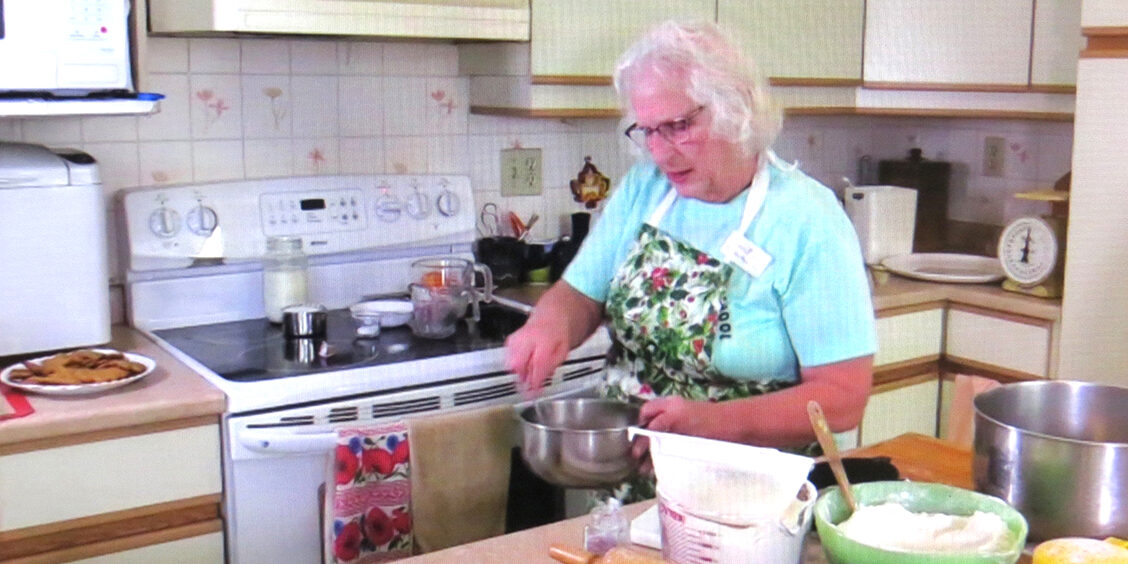I left Estonia as a sixteen-year-old, and for many years, I missed Estonian food. Or at least, that’s what I thought. Truthfully, I missed the food I ate as a kid. I missed the macaroni salad my mum made for every birthday, the pea soup served in the school canteen, and the curd snacks I’d pick up from the supermarket every chance I got.

When I visited Estonia in 2023 after a very long time, I realized that many of the things I missed weren’t as great as I remembered. For example, the Kalev chocolate, curd snacks, or mayonnaise-based macaroni and rice salads I once loved. It was the first time I felt this disconnect. Enough time must have passed for me to see Estonian food for what it truly is, free from the haze of nostalgia.


Therefore, I believe I can be as objective as an Estonian can be about Estonian cuisine and give you a realistic overview of what to expect. There is plenty to love, but there’s also room for improvement.
A love of variety
What I absolutely love about Estonian cuisine is the variety. Estonians don’t eat the same food every day. I now live in Brazil, where people can happily eat the same exact meals daily—bread with cheese and papaya for breakfast; rice, beans, a starch, meat, and salad for lunch; and more bread and cheese for dinner.
Estonians, on the other hand, eat whatever their hearts and bodies desire in the moment. For breakfast, they might enjoy hearty rye bread topped with cheese, a warm bowl of porridge with fresh berries, or even pastries and yogurt. Lunch could range from a quick sandwich or salad to a comforting bowl of soup. Dinner depends on lunch, meaning, if lunch was light, dinner might be more elaborate and vice versa.

This appreciation for variety is often reflected in Estonian restaurants, where you’ll find creative dishes like “grilled calf rump steak with potato-celeriac cream and wine-mushroom sauce” or “eel-catfish and pikeperch cutlets with dill potatoes and sour cream-horseradish sauce.” The abundance of choice feels like a celebration of food, making each meal an experience.
Seasonality and foraging
Another standout feature of Estonian cuisine is its seasonality. Estonians make the most of whatever ingredients are freshest during each season. In summer, you’ll find dishes bursting with fresh berries like red or blackcurrants. Autumn brings mushrooms foraged from lush forests, while winter leans on preserved foods like sauerkraut, pickled cucumbers, and salted fish. Spring introduces fresh greens and herbs, symbolizing renewal.
Restaurants embrace this philosophy, too, with menus changing to reflect the seasons. For instance, in summer, desserts might highlight berries, while winter menus feature hearty dishes with, once again, pickled or fermented ingredients. This connection to nature and the seasons is deeply ingrained in Estonian cooking traditions.
A timeless Christmas feast

If there’s one meal in Estonia that doesn’t change, it’s the Christmas feast. Most families serve a similar spread: verivorstid (blood sausages), hapukapsas (sauerkraut), oven-roasted pork, potatoes, sült (jellied meat), and gingerbread for dessert. These dishes are steeped in tradition, and the smell of roasting pork and spicy gingerbread fills homes with holiday warmth. Though Estonian cuisine is adaptable, the Christmas table remains a timeless and unifying experience.

Photo gallery
A selection of Estonian Christmas fare
Strengths and weaknesses
The biggest strengths of Estonian cuisine lie in its dark rye bread, unmatched dairy products, an array of fresh fish like salmon and flounder, and foraged delicacies like mushrooms and berries. Preserved foods, which carry centuries of history, also stand out as a hallmark of the cuisine.
However, during my recent visit, I noticed a few downsides. The food in many restaurants was overly salted, which was a recurring issue that overshadowed the other flavours. I’m unsure if it’s a long-standing trend or something new, but it was disappointing. Similarly, I no longer enjoy Kalev chocolate as much as I once did. While it holds a nostalgic charm, I’ve come to appreciate chocolate from other countries more.

Practical tips for visitors
When visiting Estonia, make time to explore local food markets, such as the Balti Jaama Turg in Tallinn, where you’ll find fresh seasonal produce, fish, and local delicacies. For an authentic taste of Estonian cuisine, head to restaurants that locals frequent. Rae Meierei, for example, is beloved for its inventive dishes that blend traditional and modern flavours.

If you understand Portuguese (or turn on YouTube’s translated closed captions in English) and want to learn more about Estonia, its culture, and lifestyle, I invite you to check out my YouTube channel, Europeia no Brasil. There, you’ll find videos sharing my perspective as an Estonian living abroad and much more!
You can start by watching the following video where I show four traditional Estonian meals:






